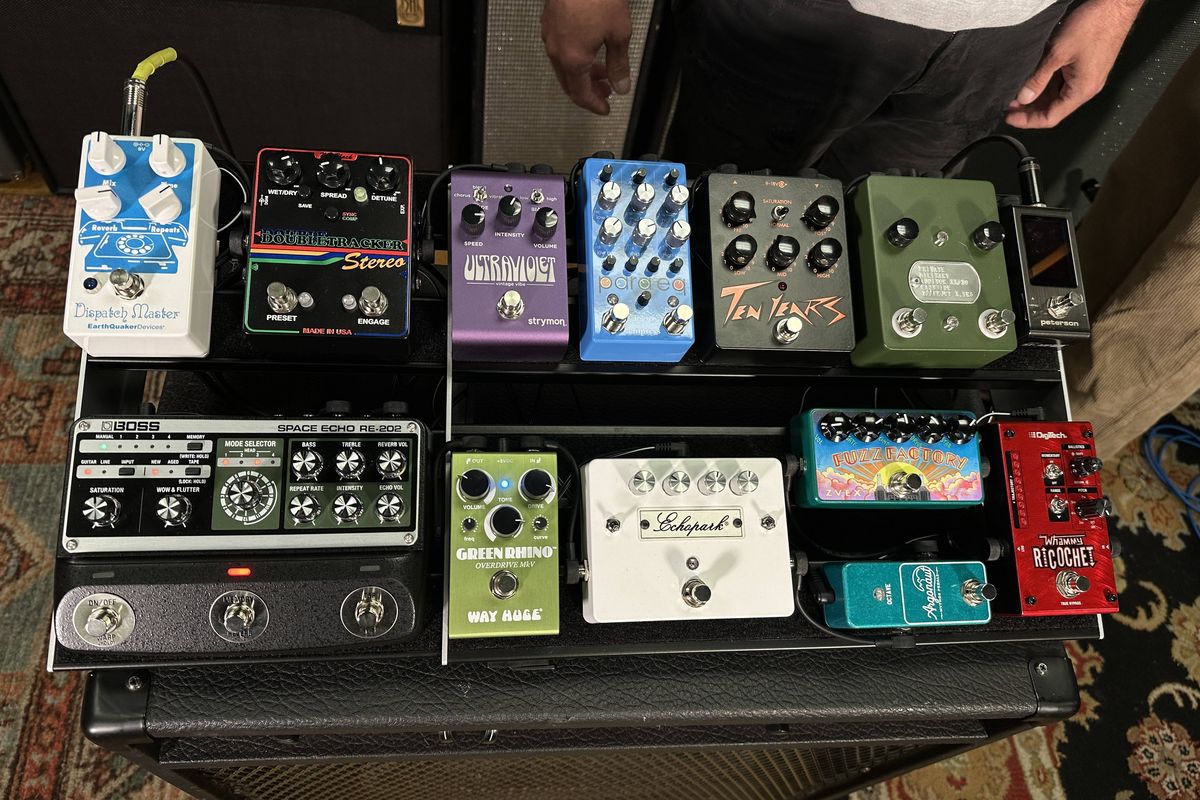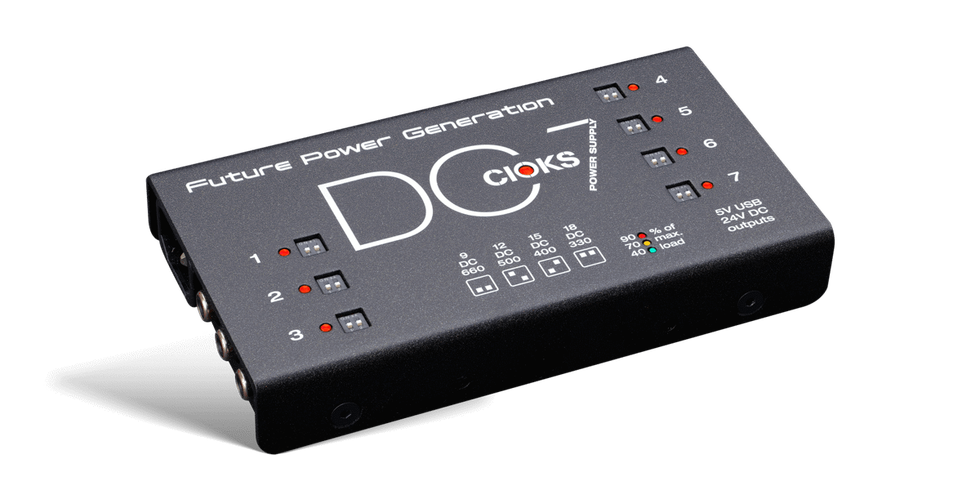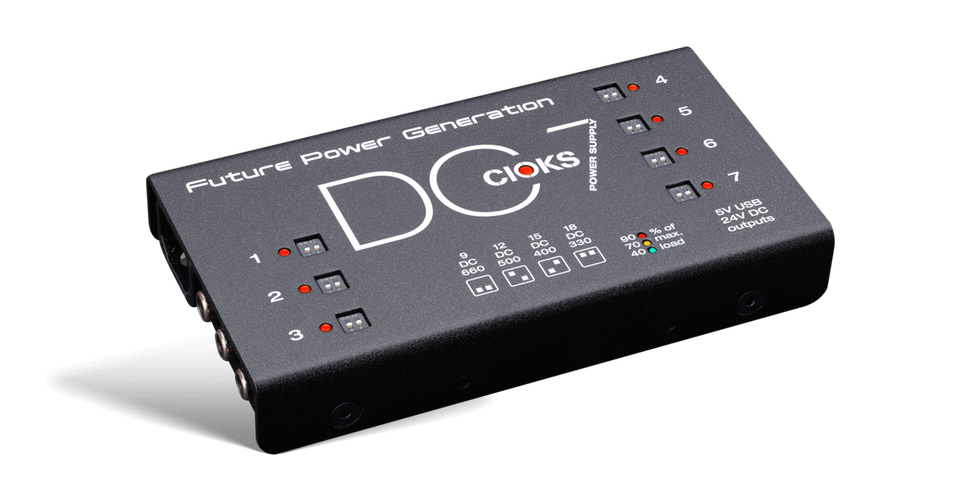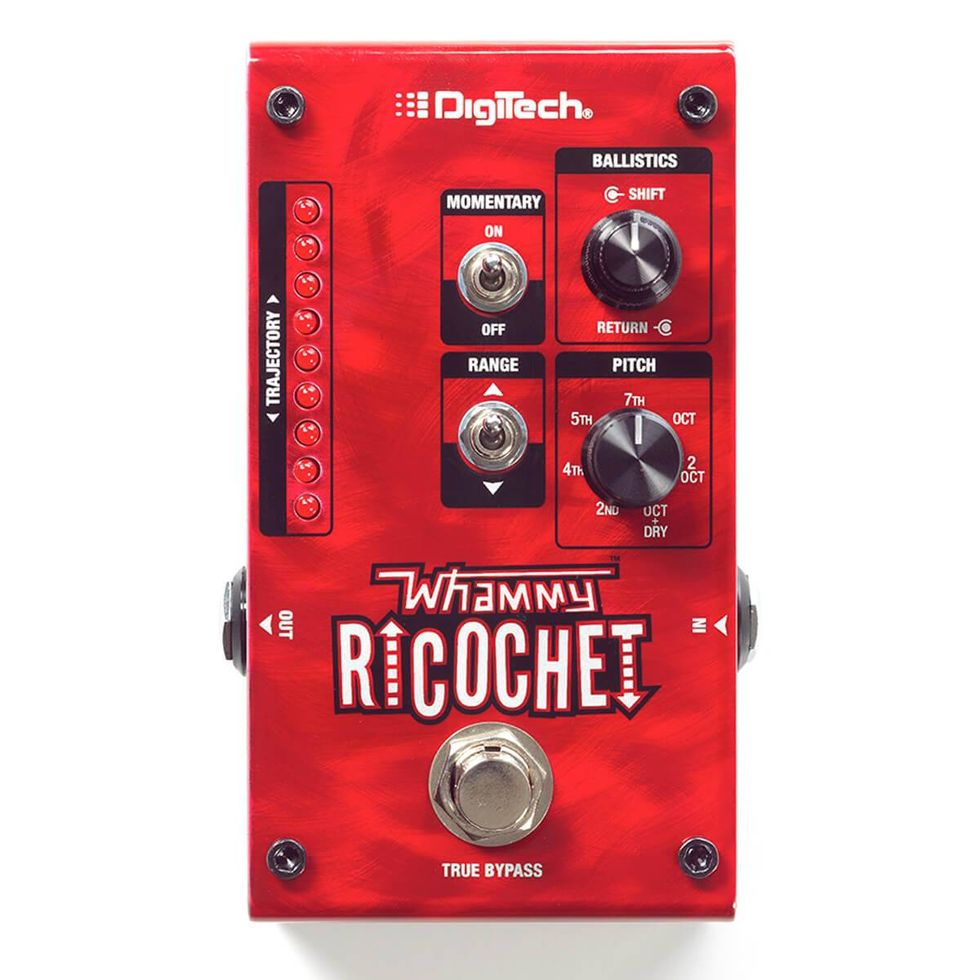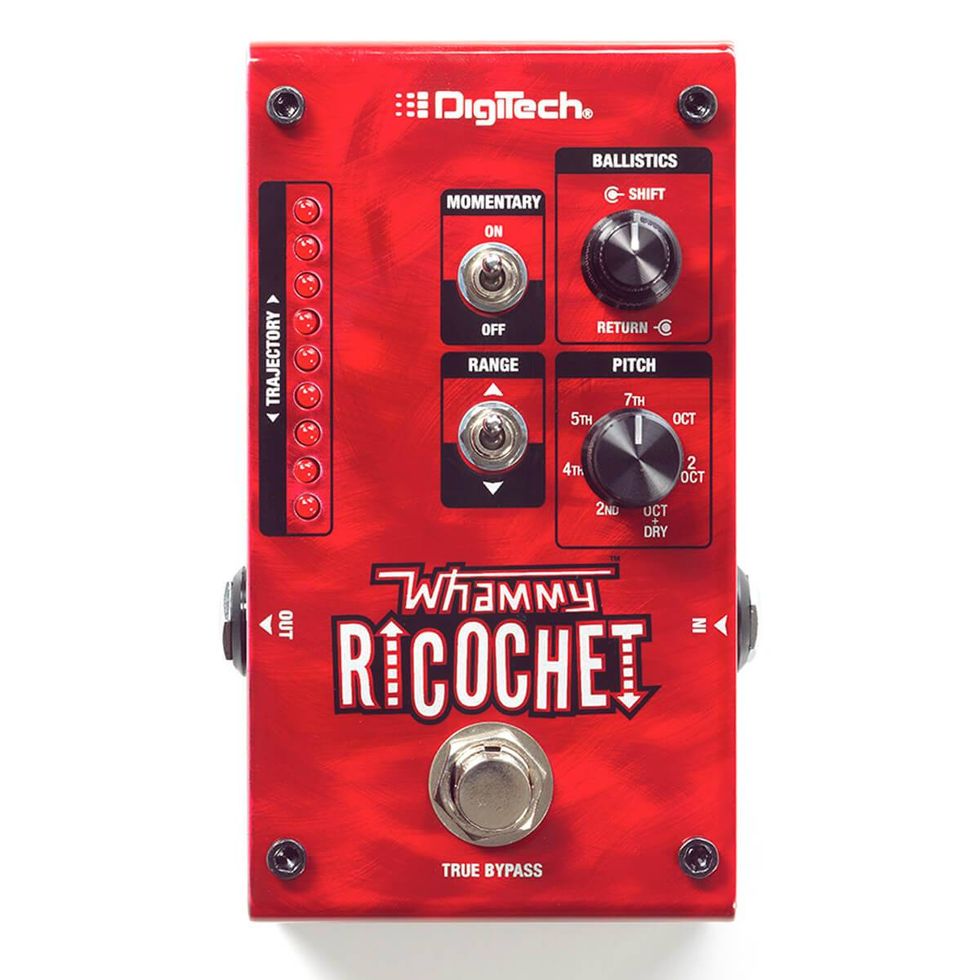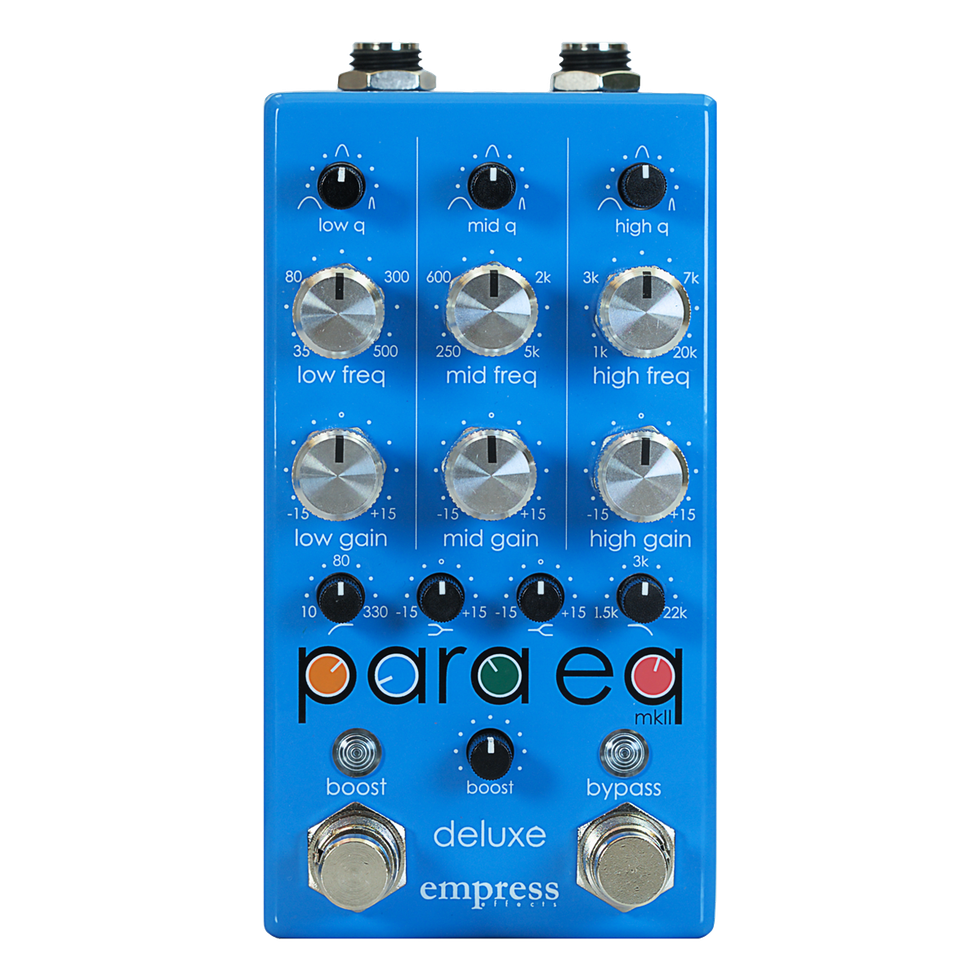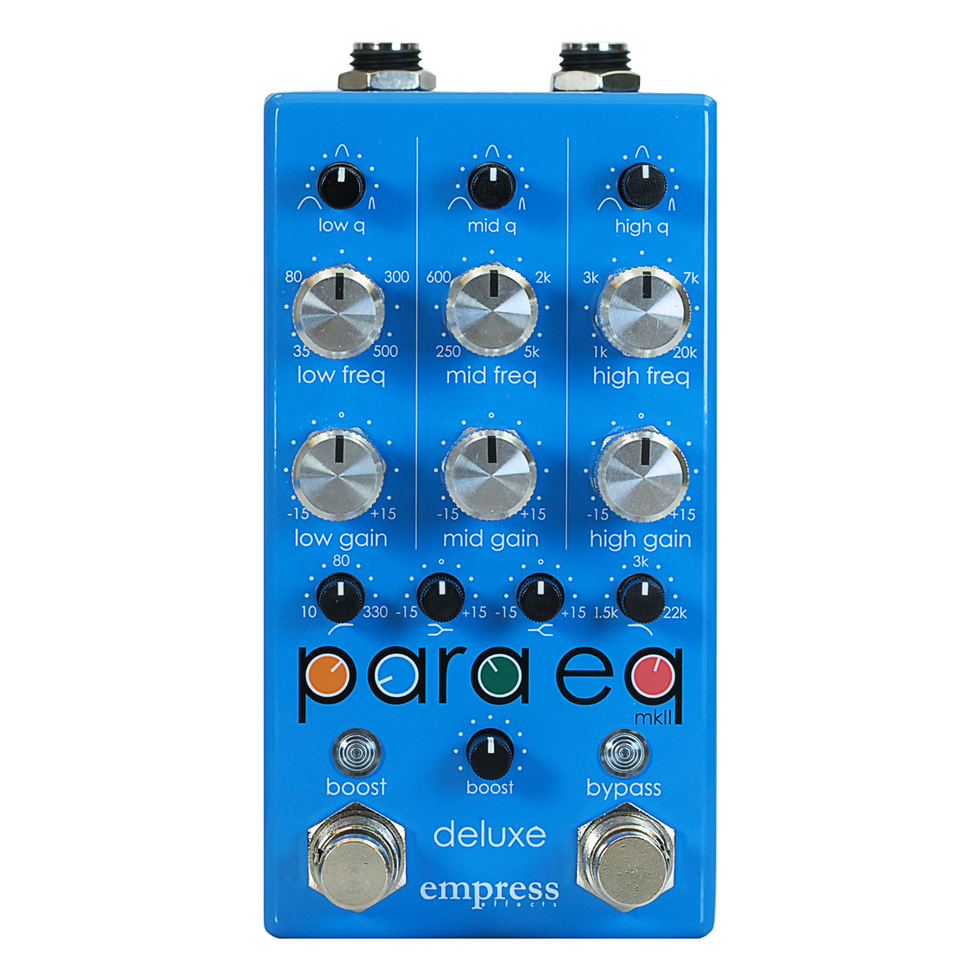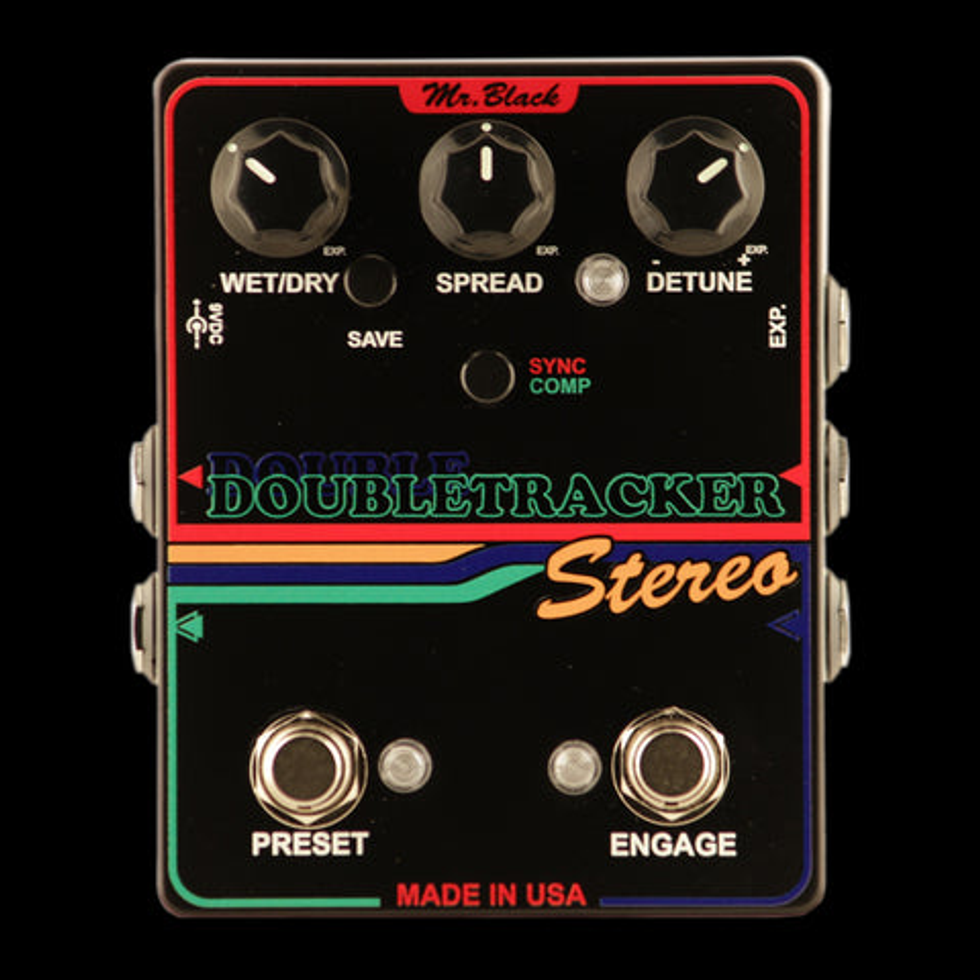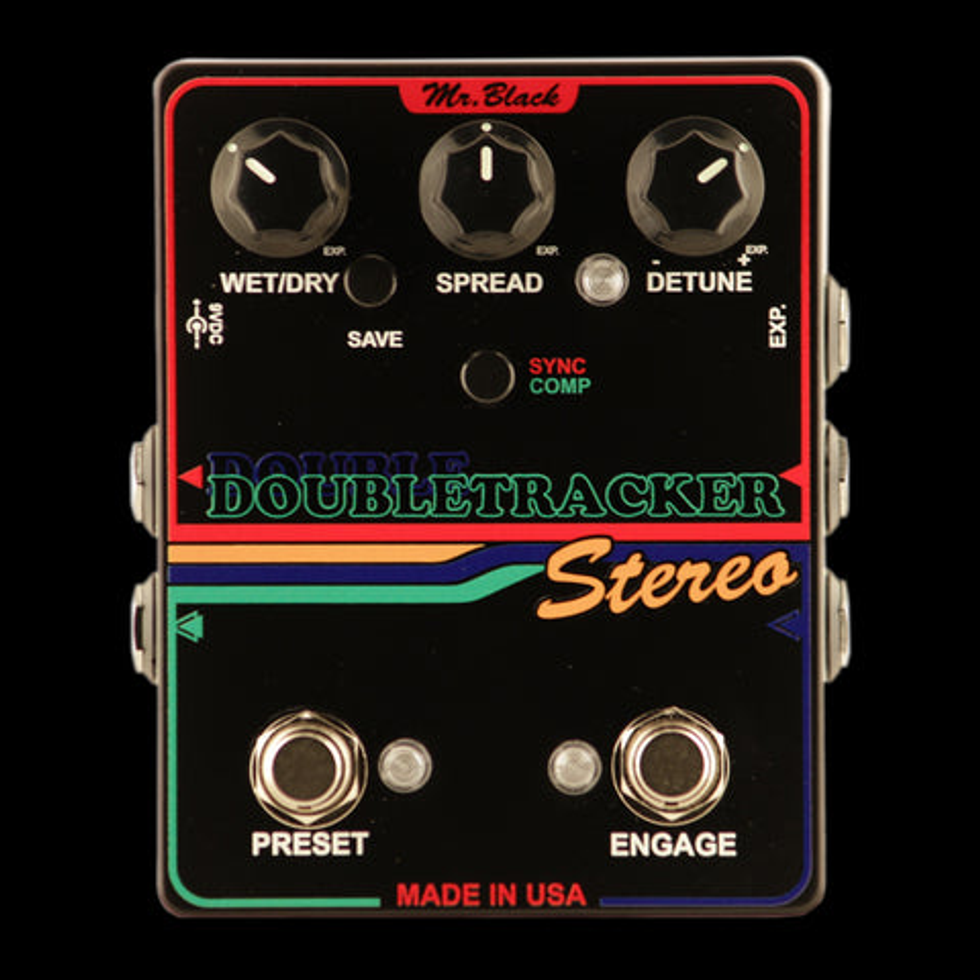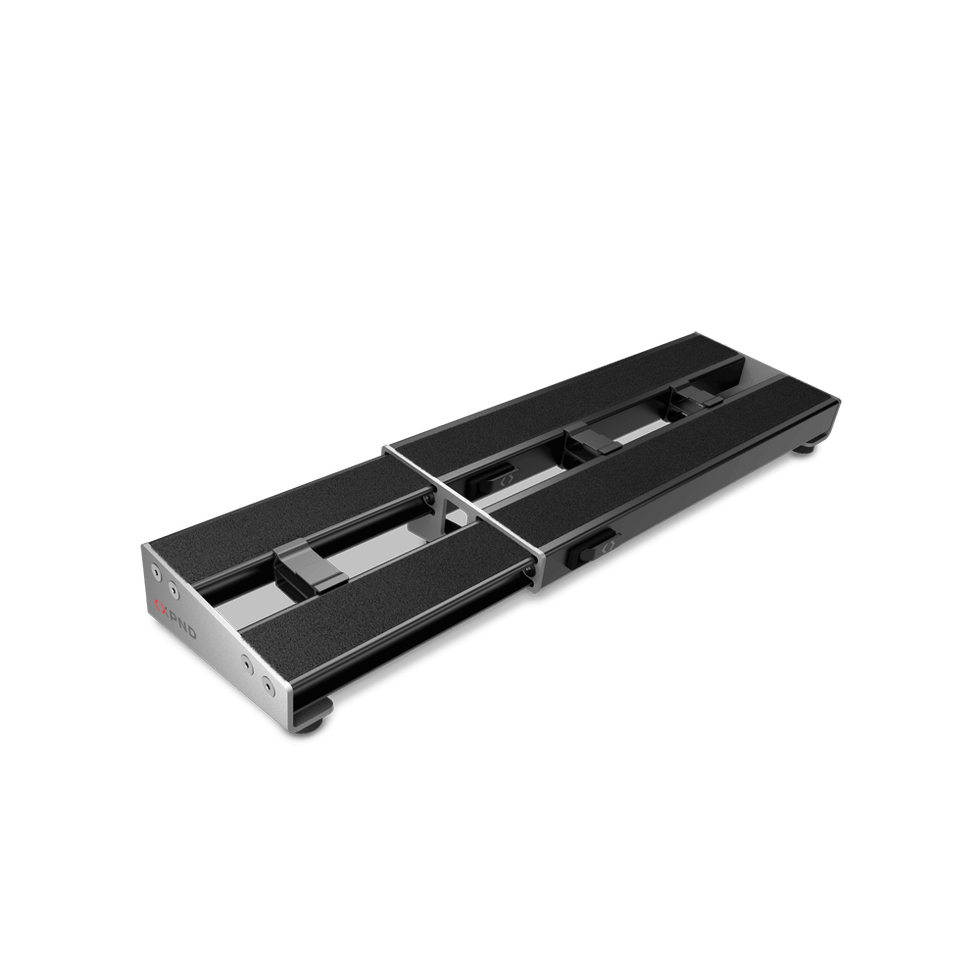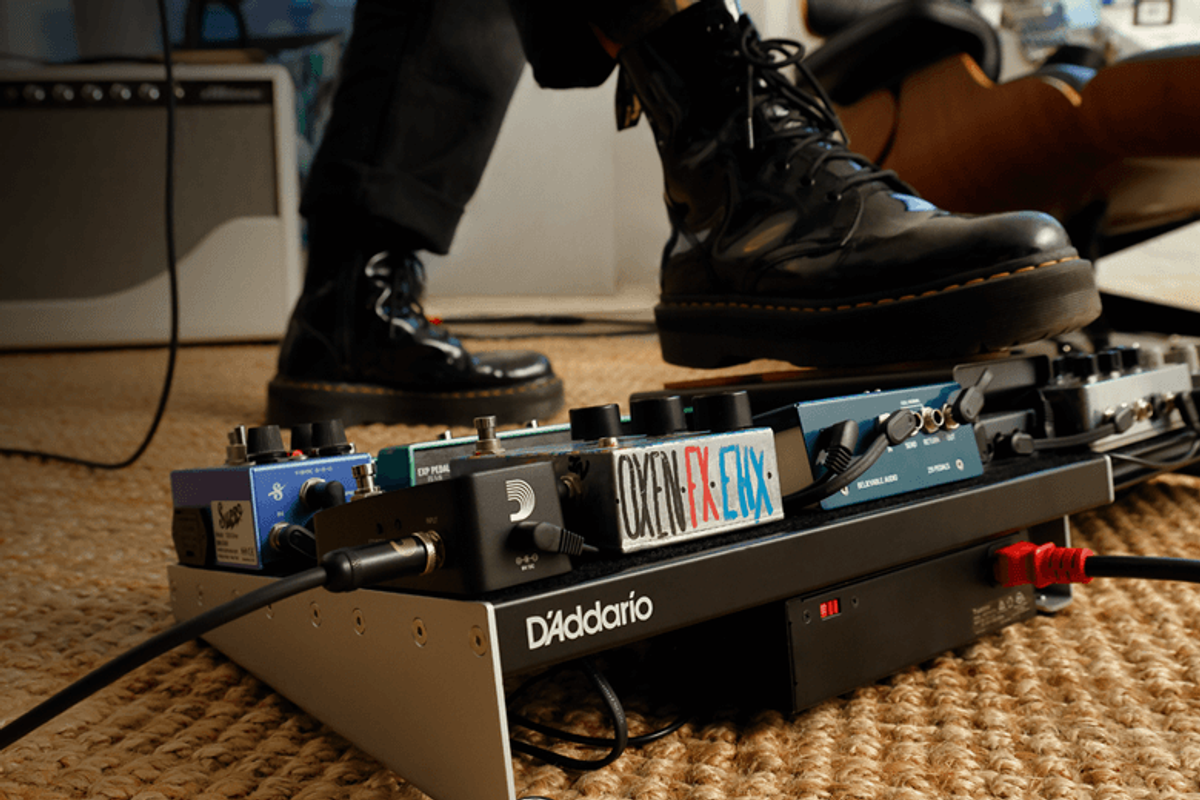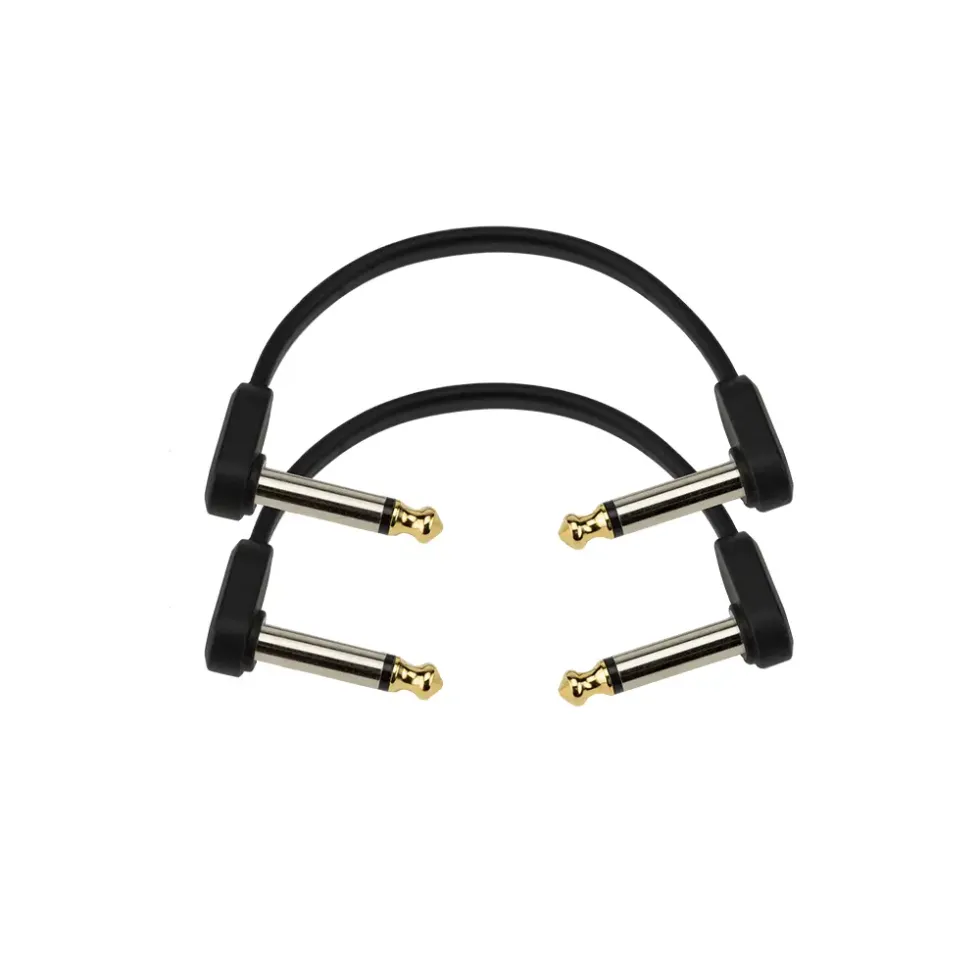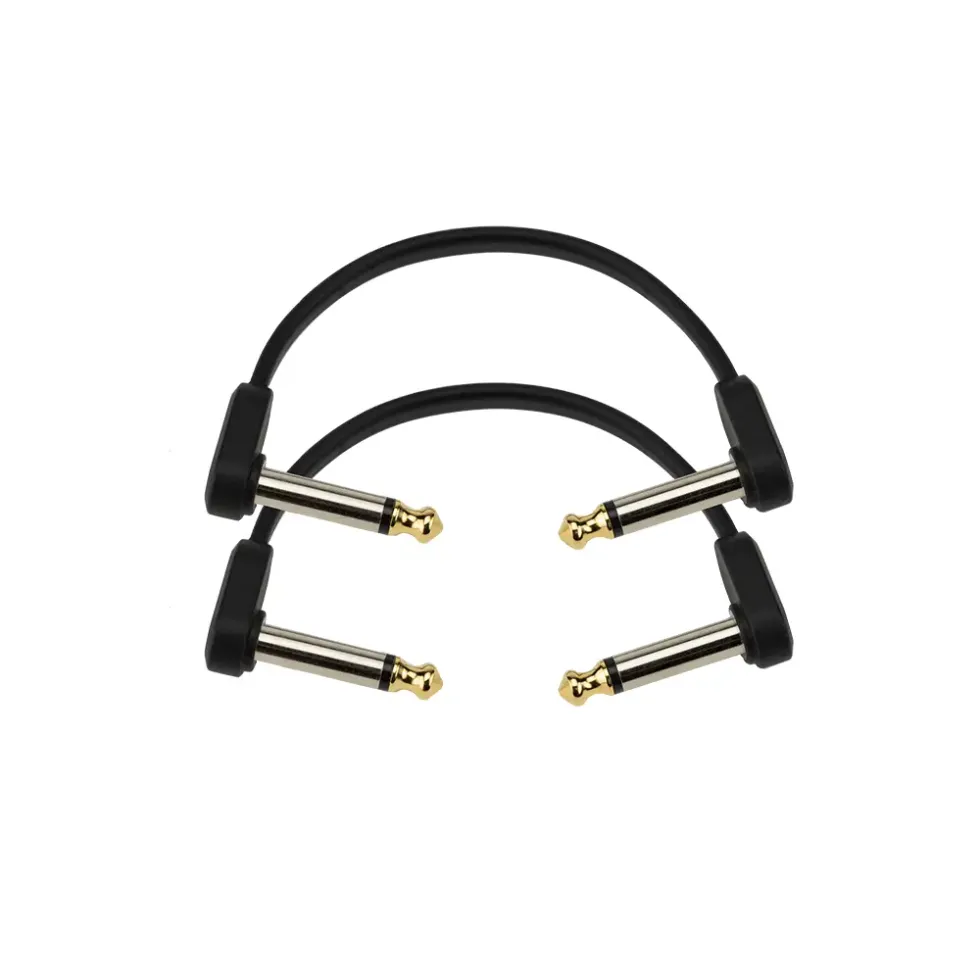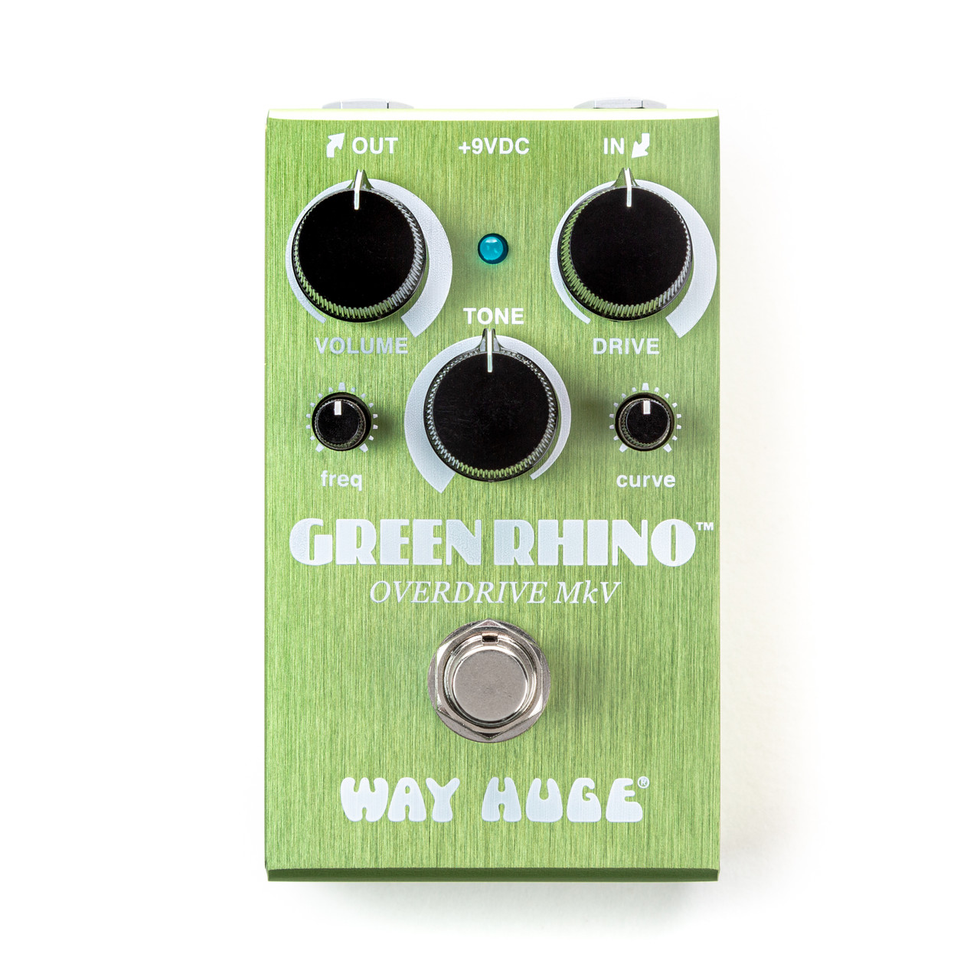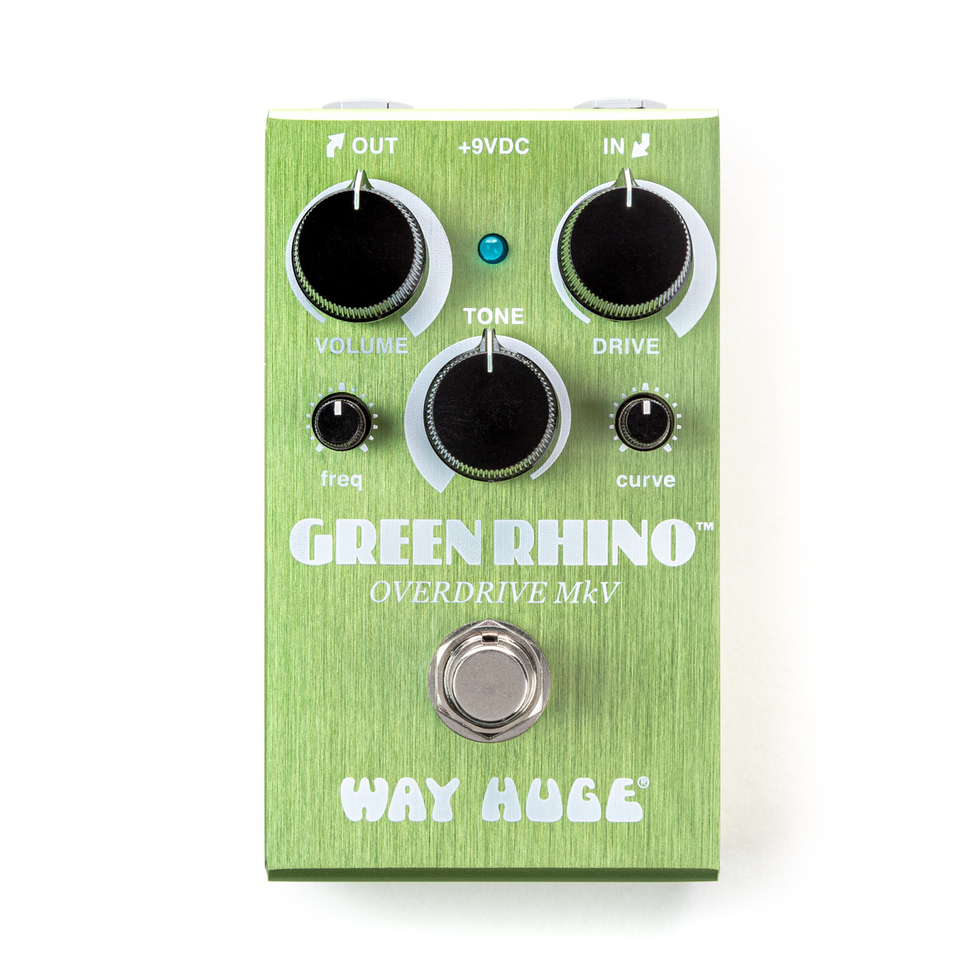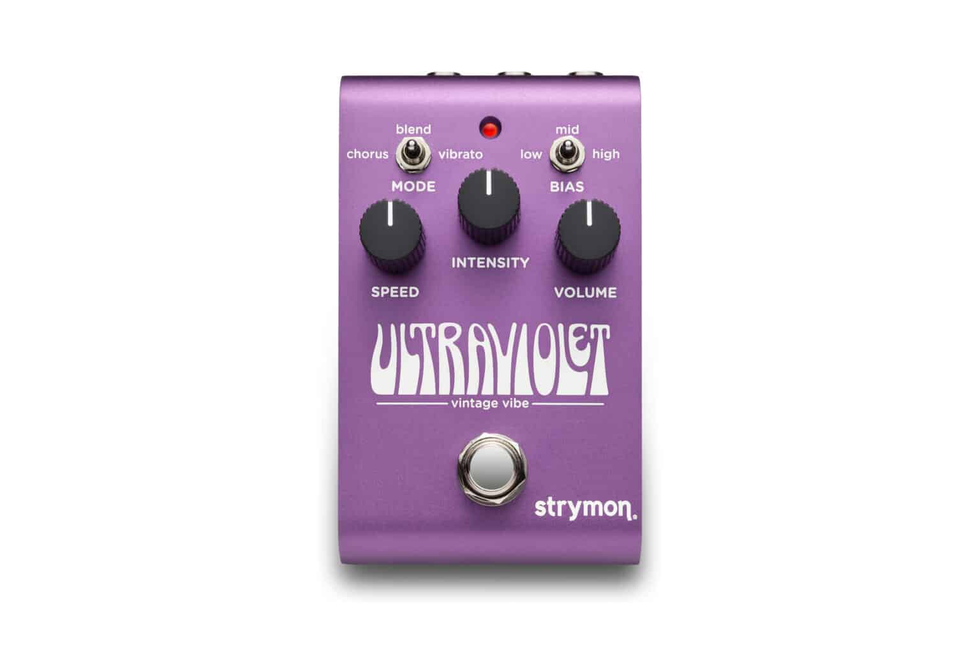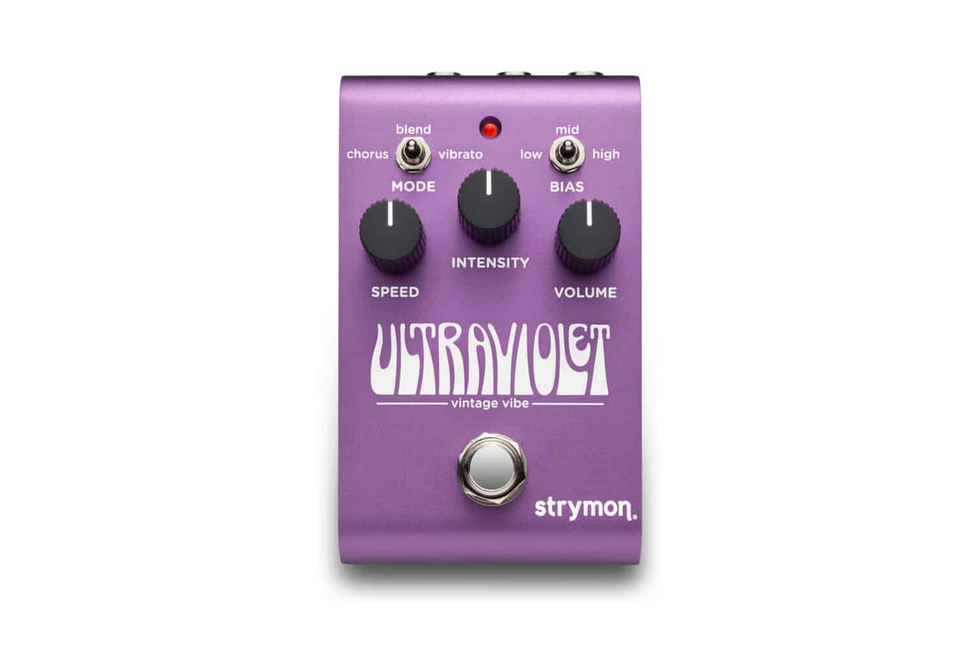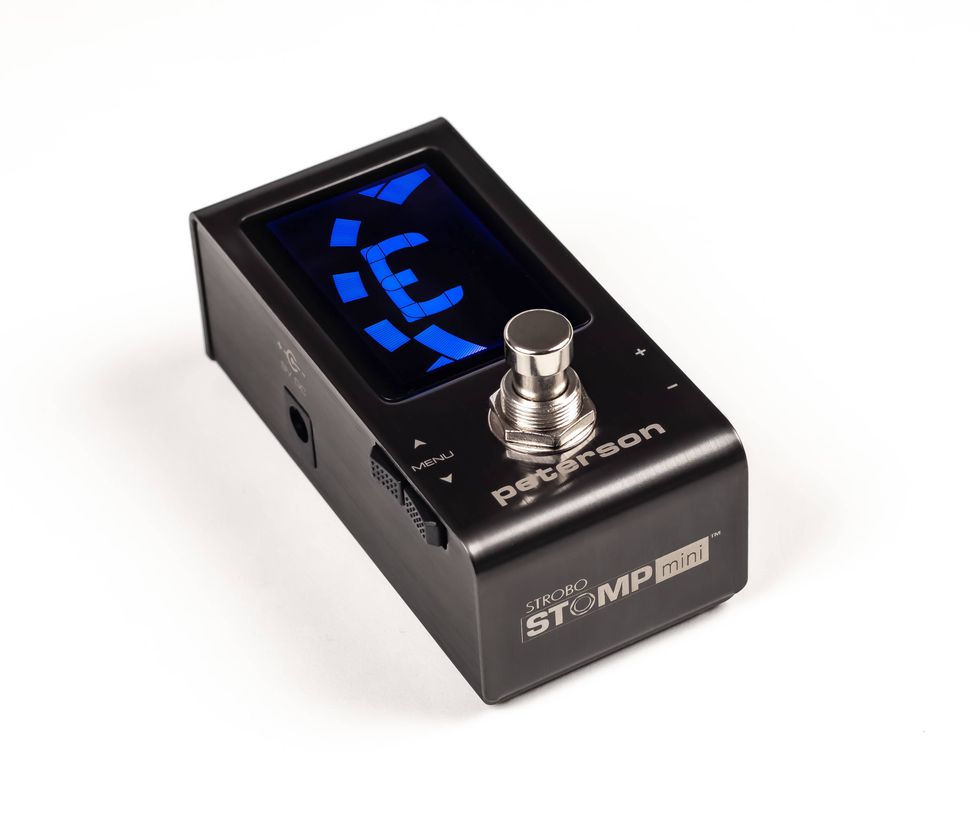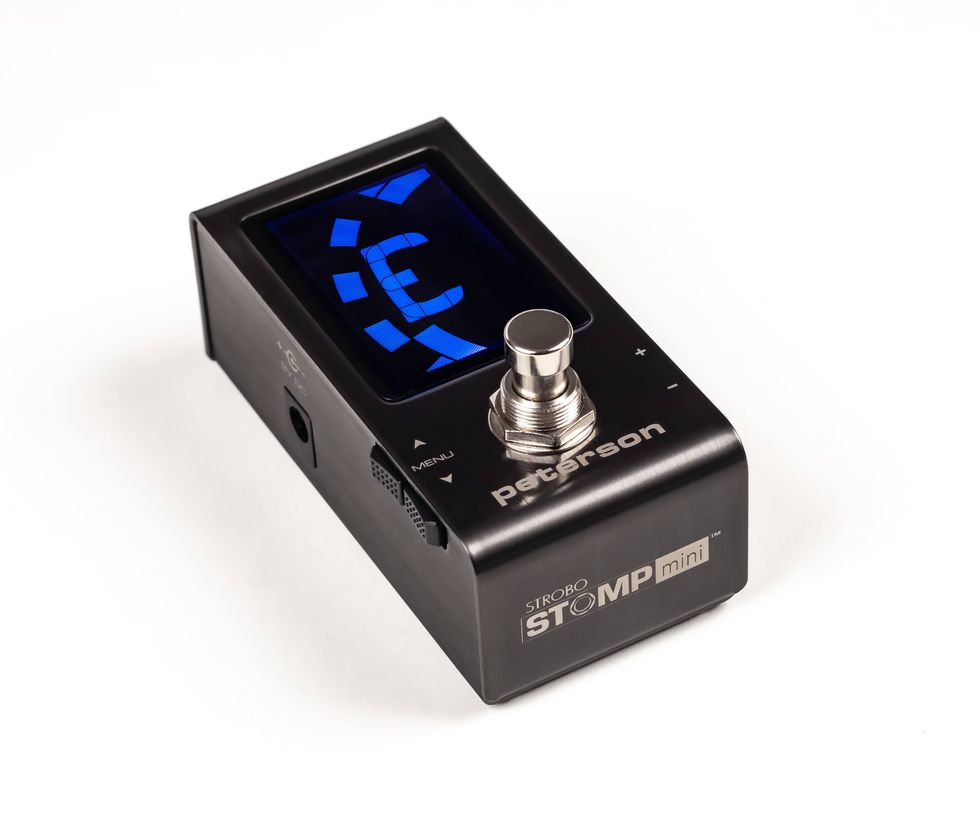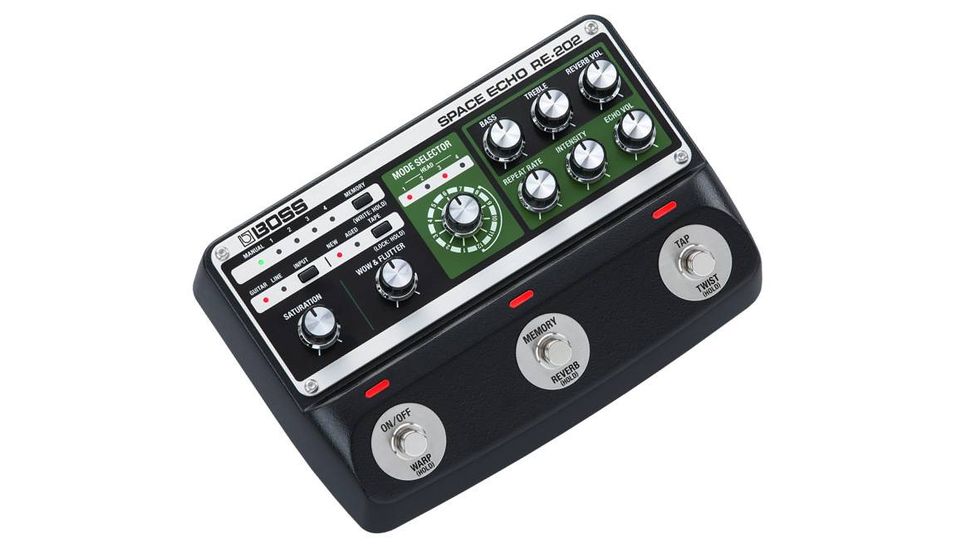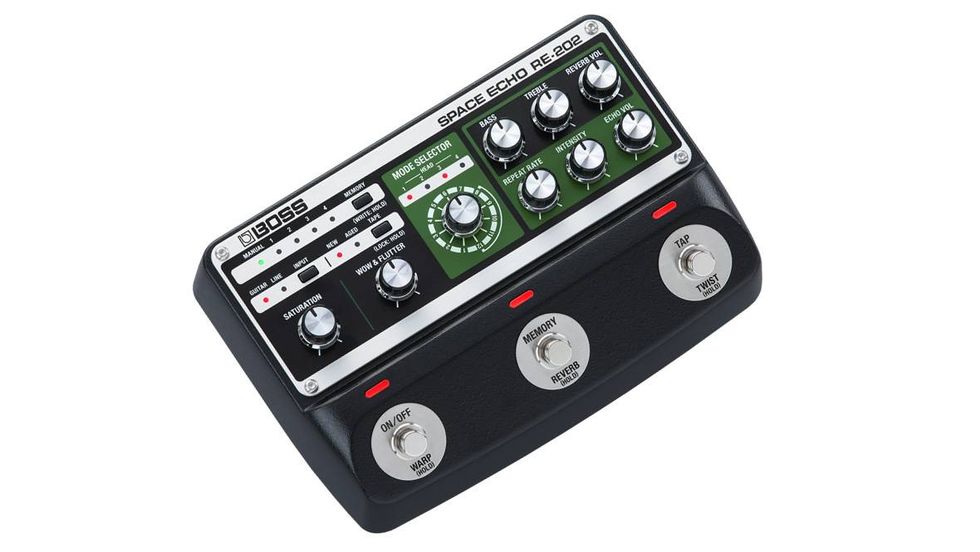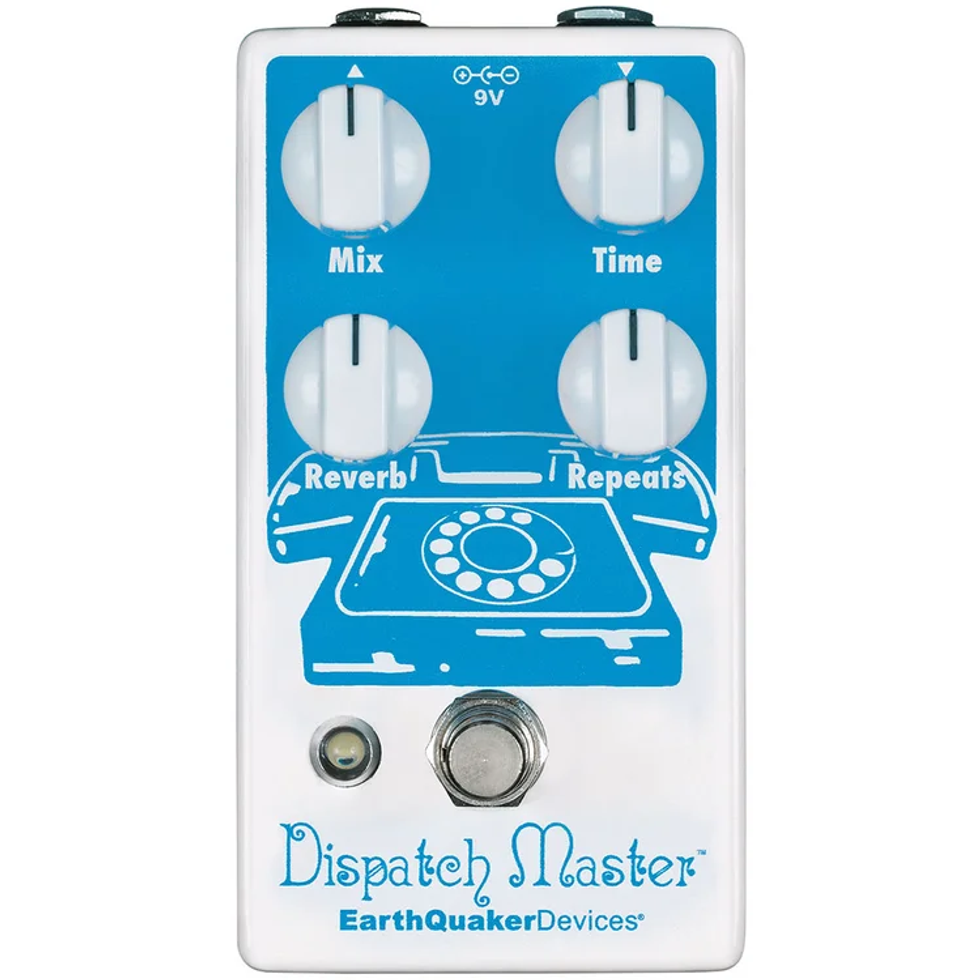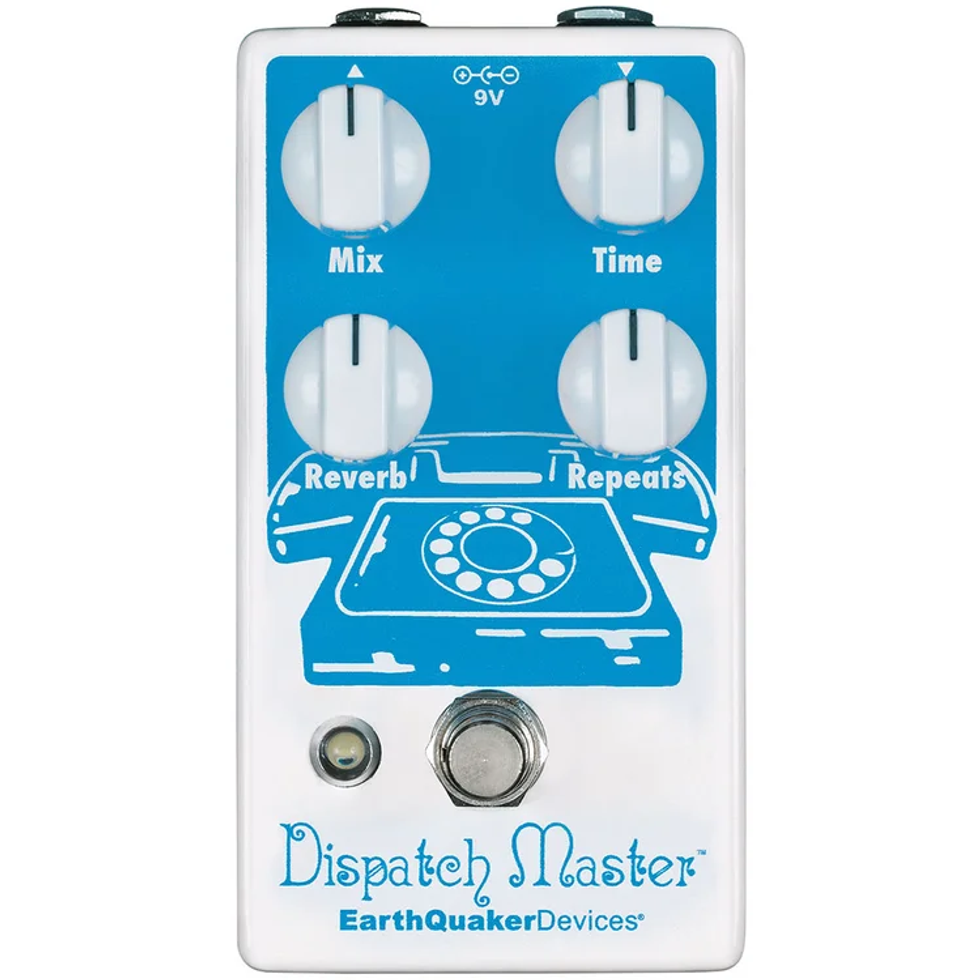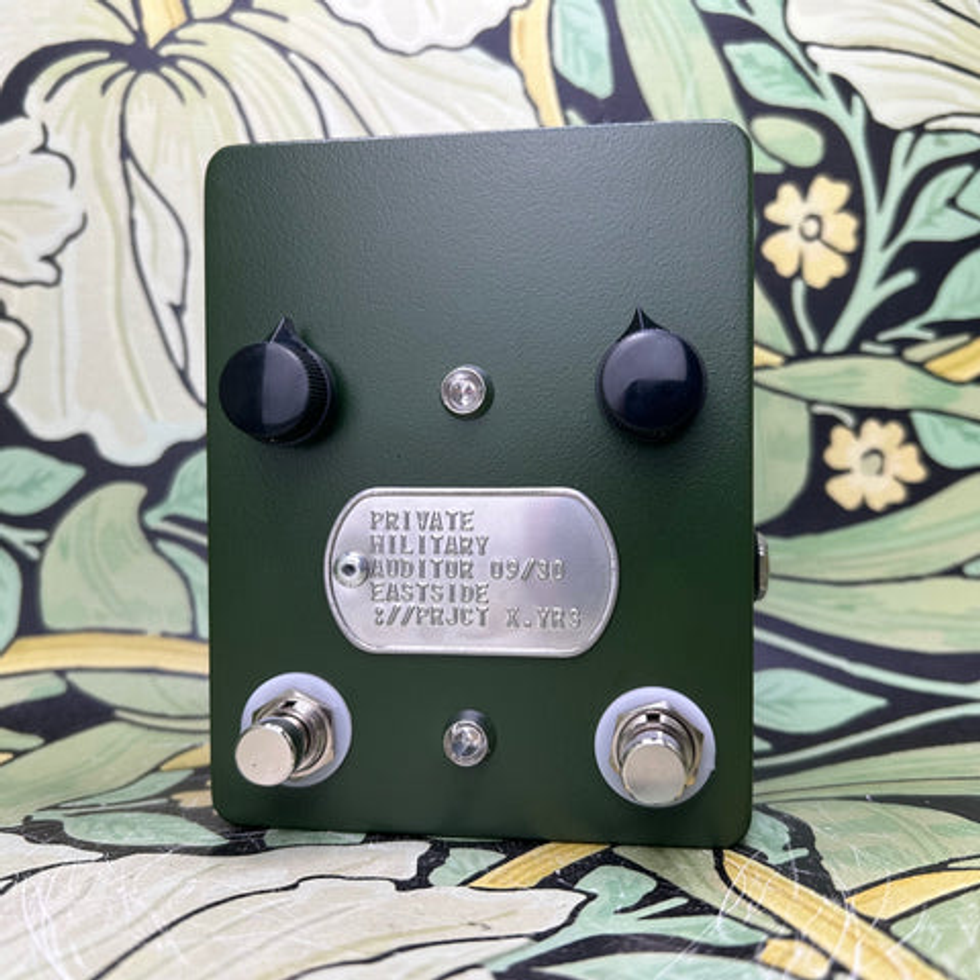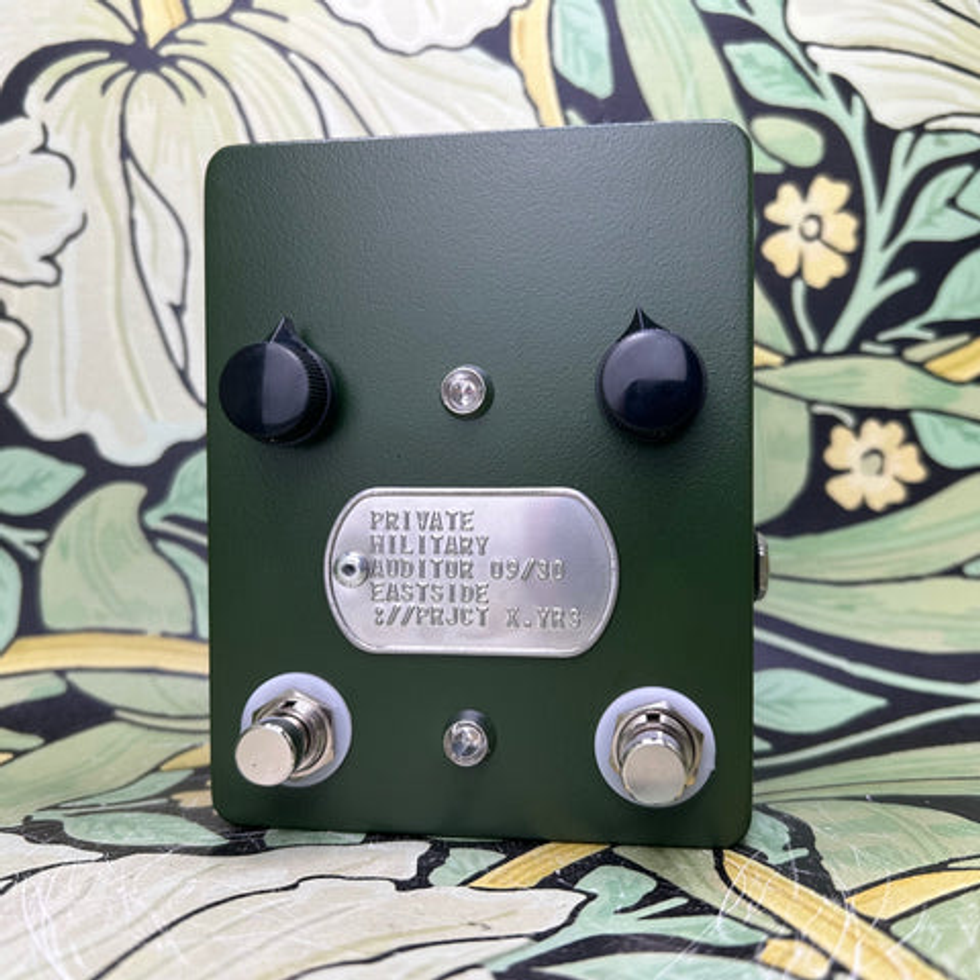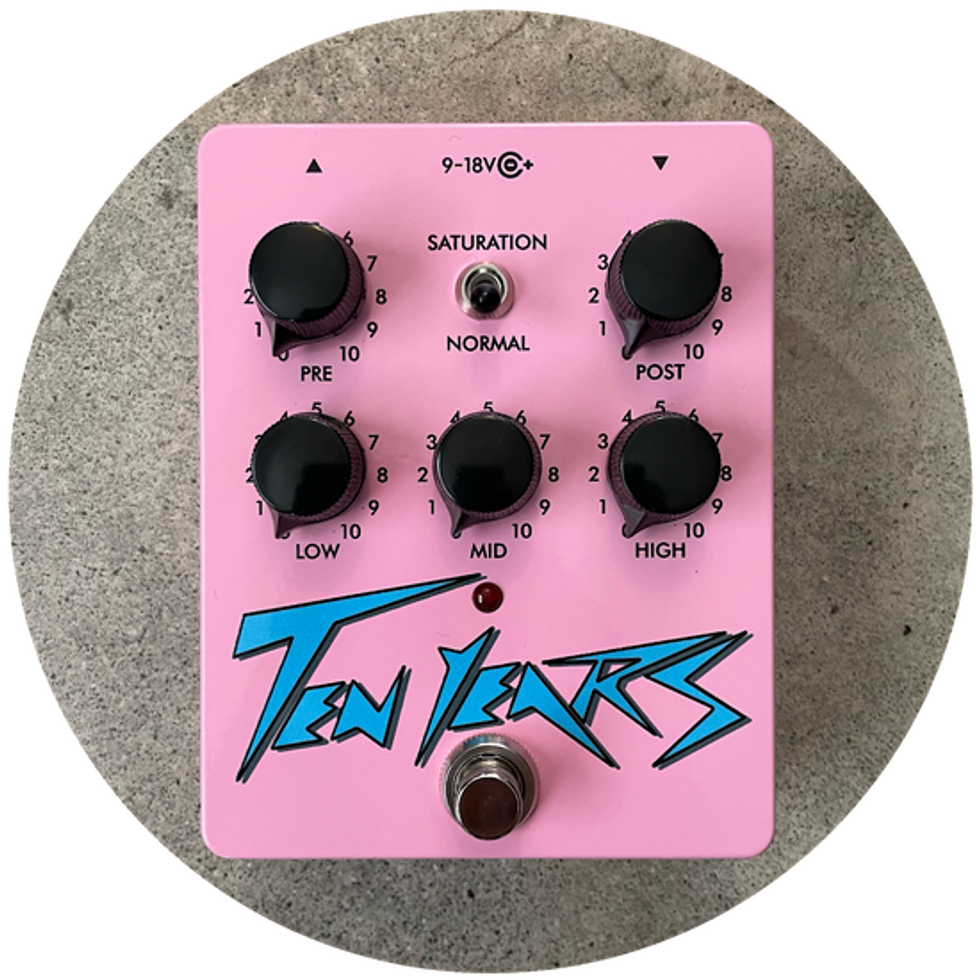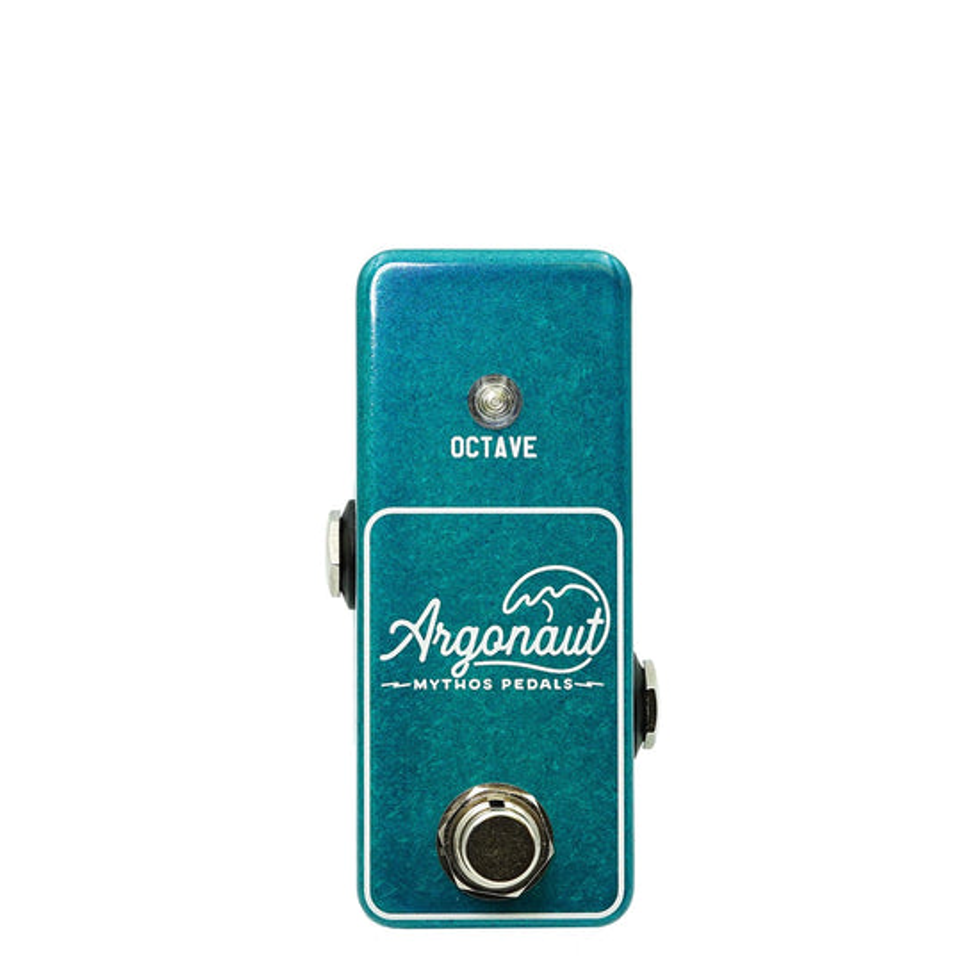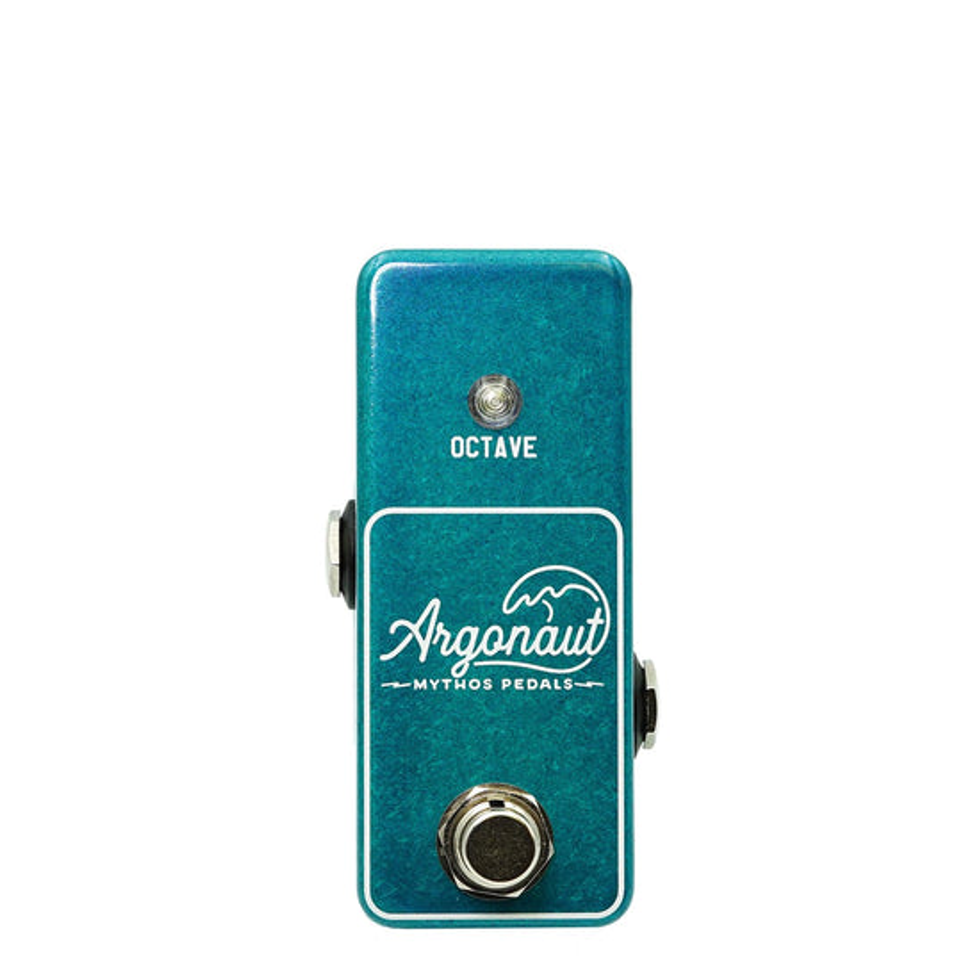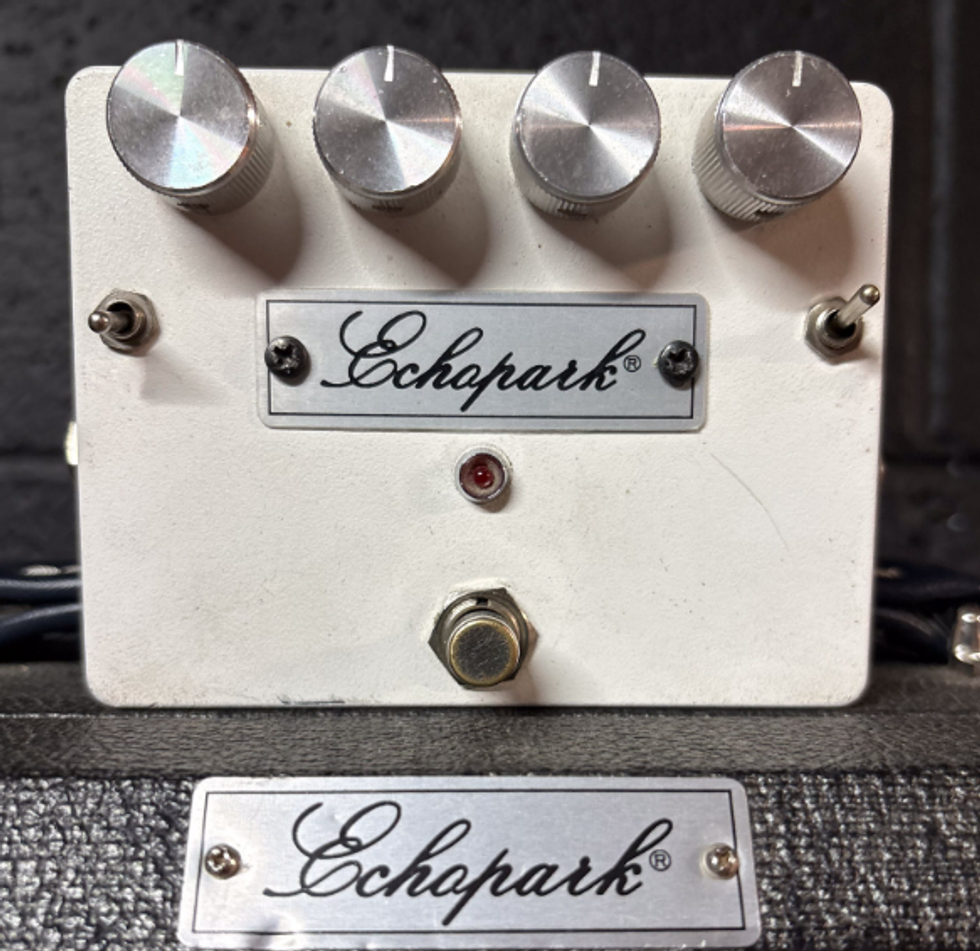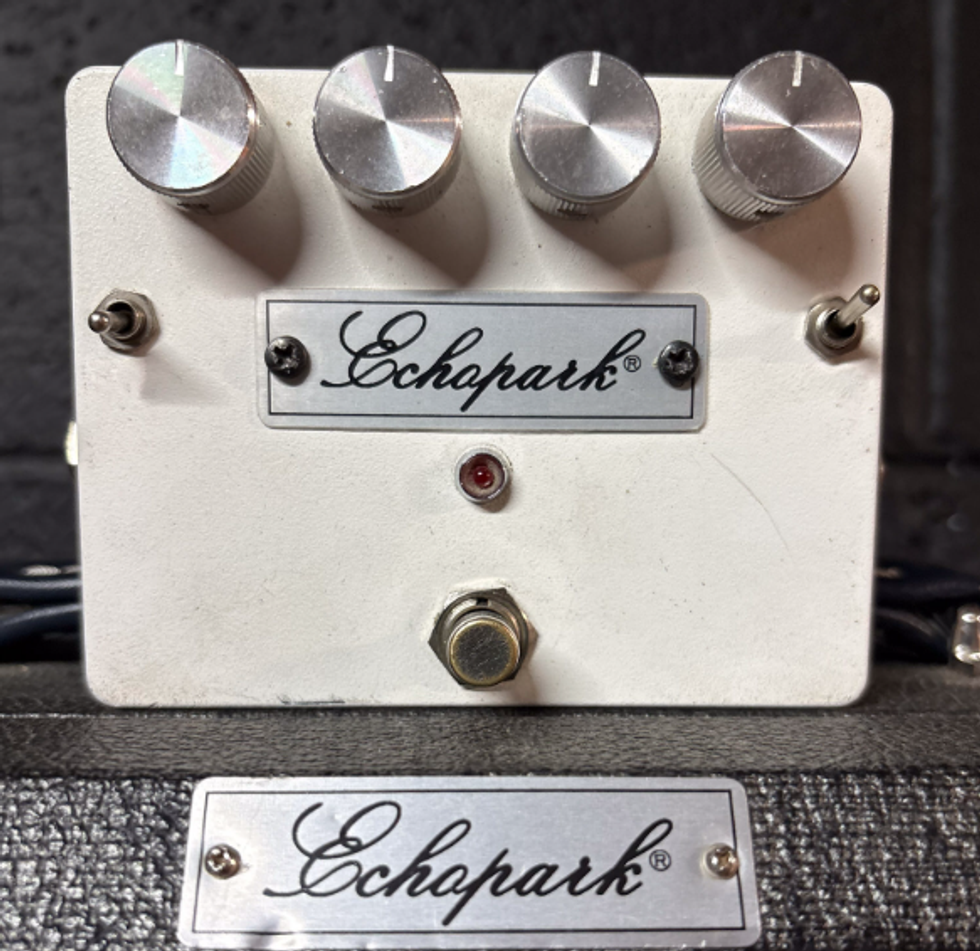RatingsPros:Traditional optical tremolo plus cool variations. Bright, aggressive distortion. Solid build. Fair price. Cons: You can’t leap from clean tremolo to dirty tones via footswitch. Street: $179 Mattoversere TremStortion mattoverse.com | Tones: Ease of Use: Build/Design: Value: |
Combining tremolo and distortion effects in one device may seem a bit counterintuitive. After all, tremolo modulation is more commonly applied to clean signals than distorted ones. Yet most tremolo designs include a signal-boost stage, because the effect cuts level as it pulsates, and you usually need slight downstream amplification to avoid a loss of energy when you engage the trem. Crank this tremolo, though, and voilà: tremolo plus distortion! (Mattoverse isn’t the first to play with this concept, but at least the pedal’s name is more informative than that of such predecessors as Catalinbread’s Antichthon or Walrus’ Janus.)
Middle School
The TremStortion achieves its effect with a combination of old- and new-school tech. An Electric Druid STOMPFLO microprocessor generates the eight available waveforms, selectable via the pedal’s central waveform knob. But the processor only defines the wave characteristics and rate of pulsation. The actual modulation process uses traditional optical tremolo, where an LED flashes rhythmically against an LDR (light-dependent resistor). In other words, this is a true analog effect, but with a digital helping hand. The STOMPFLO chip also permits tap-tempo. It’s all controlled by traditional rate and depth knobs. An LED above the dedicated tap-tempo switch pulses in time with the modulation.
The eight waveform types are a traditional triangle, smooth sine and sweep waves, choppier upward and downward sawtooths, a maximum-chop square wave, a chaotic and irregular sample-and-hold, and an interesting variation on the latter called “random slopes,” where the waveform transitions smoothly from cycle to cycle rather than flickering between them. Adventurous players will find good uses for all eight patterns.
Distortion Contortions
A medium-gain TL074 transistor, meanwhile, provides the crunch. The core flavor is bright and aggressive. The tone is more about punky presence than smooth overdrive. There are separate gain and output controls. High-gain settings definitely enter fuzz territory. It’s not a particularly dynamic fuzz. It doesn’t clean up much when you roll back your guitar volume. Still, I dig its tough, no-nonsense attack.
With the trem depth at zero, you get distortion without trem, as heard in my demo clip. It works the other way around, too. At low-gain settings, you get articulate, clean-toned trem. However, you must adjust knobs to go between those extremes. The two effects lack separate on/off switches. You must stoop and spin to go from dirty to clean, and vice-versa.
You hear all these options in my demo clip. The first sound is dry guitar, followed by distortion alone, and then various combinations of tremolo and distortion.
Switch Hitter
There’s another interesting wrinkle: a 3-way toggle that inverts the order of the trem and distortion. Chances are you’ll hang out most on the trem-after-drive setting. The other way around, the distortion compresses the signal, negating some or all of the trem effect. The third setting mixes signals from two different points in the audio path, as heard at 01:07 in the demo clip. In the latter two settings, the tremolo effect evaporates at high gain levels.
The TremStortion lives in a standard 125B-sized enclosure with top mounted jacks. It runs on standard 9V power supplies and has no battery compartment. The top panel also includes a ⅛" control-voltage input for tempo-synching synthesizers and such.
The Verdict
Mattoverse’s TremStortion does two tasks—tremolo and distortion—and does both well. With an assist from a modulation chip, the pedal delivers both conventional opto-trem sounds and less familiar variations. The distortion effect offers less variation, but its edgy aggression can help your parts cut through a mix. You get a useful palette of clean trem, dirty trem, and distortion-only tones, but note that you can’t leap between those states via footswitch. You must manually adjust the gain and/or depth knobs. The TremStortion’s build quality is excellent, and its price is fair.















![Rig Rundown: AFI [2025]](https://www.premierguitar.com/media-library/youtube.jpg?id=62064741&width=1245&height=700&quality=70&coordinates=0%2C0%2C0%2C0)












 Shop Scott's Rig
Shop Scott's Rig
